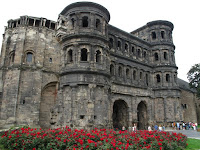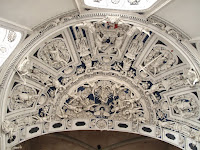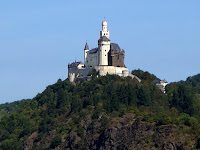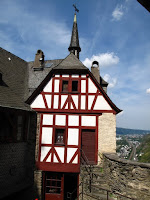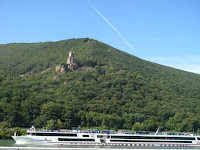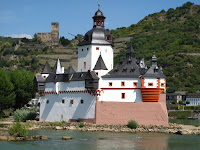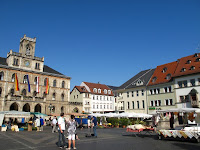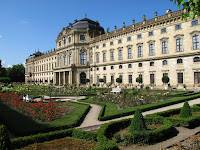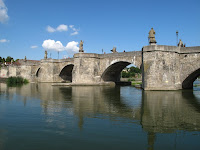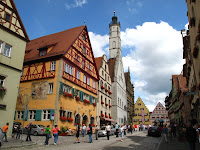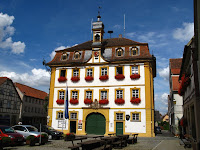 The camp site had no shop and nor did the local village which meant we could not let the tent dry while we ate breakfast, so we were on the road bright and early crossing from Germany into Luxemburg, stopping at the first motorway services as the fuel is cheaper in Luxemburg. Clearly this is well known as every motorway services we saw in Luxemburg was jam packed full of vehicles.
The camp site had no shop and nor did the local village which meant we could not let the tent dry while we ate breakfast, so we were on the road bright and early crossing from Germany into Luxemburg, stopping at the first motorway services as the fuel is cheaper in Luxemburg. Clearly this is well known as every motorway services we saw in Luxemburg was jam packed full of vehicles.Refueled in both body and vehicle we crossed Luxemburg and into Belgium for the long run back towards Calais.


To break the tedium we stopped in Brugge for a short time to renew our acquaintance with this delightful city. We had last visited in October 2002 and were very taken with it, so this stop was to see whether our intitial impression was still valid after 7 more years of exposure to European cities; it was.
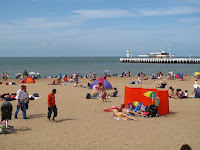
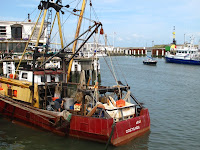
 We had been told that Oostende was worth a visit and since it is basically on the road between Brugge and Calais we made another stop there. It appears to have been faily comprehensively flattened in the war and rebuilt in a most hideous fashion. It has all the worst features of British seaside resorts without any redeeming features that we could find apart from some patches of decent sand. Definitely not worth a repeat visit in a few year's time.
We had been told that Oostende was worth a visit and since it is basically on the road between Brugge and Calais we made another stop there. It appears to have been faily comprehensively flattened in the war and rebuilt in a most hideous fashion. It has all the worst features of British seaside resorts without any redeeming features that we could find apart from some patches of decent sand. Definitely not worth a repeat visit in a few year's time.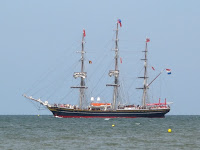 Then on to Calais; a ferry, and the run home from Dover. We were a little early at the ferry, and the ferry was running a little late. This gave us time to use the last of the Eurpoean sunshine to dry the wet tent and ground sheet on top of the open car, much to the amusement of our conservative neighbours.
Then on to Calais; a ferry, and the run home from Dover. We were a little early at the ferry, and the ferry was running a little late. This gave us time to use the last of the Eurpoean sunshine to dry the wet tent and ground sheet on top of the open car, much to the amusement of our conservative neighbours.



